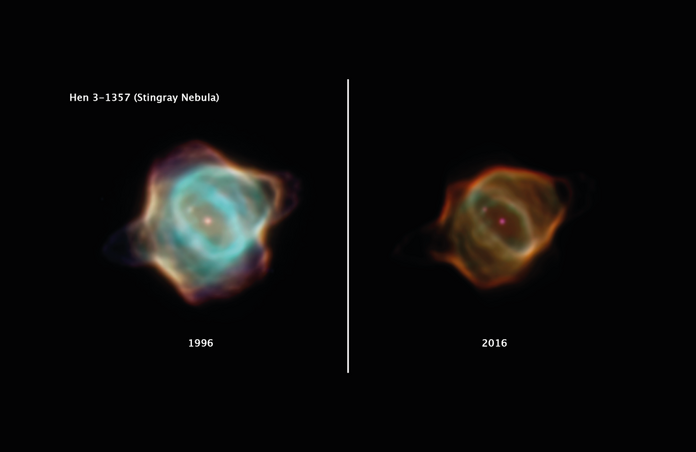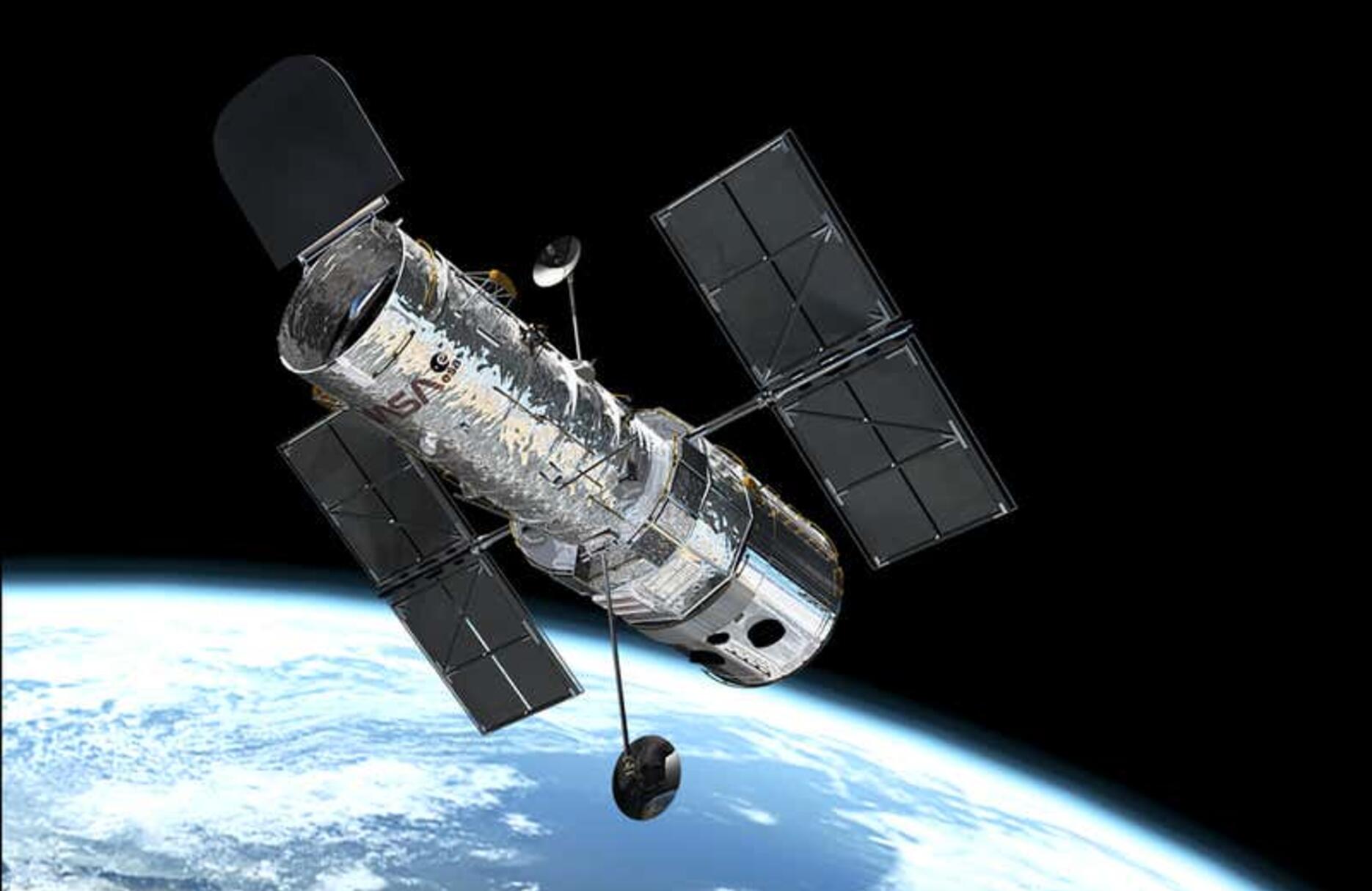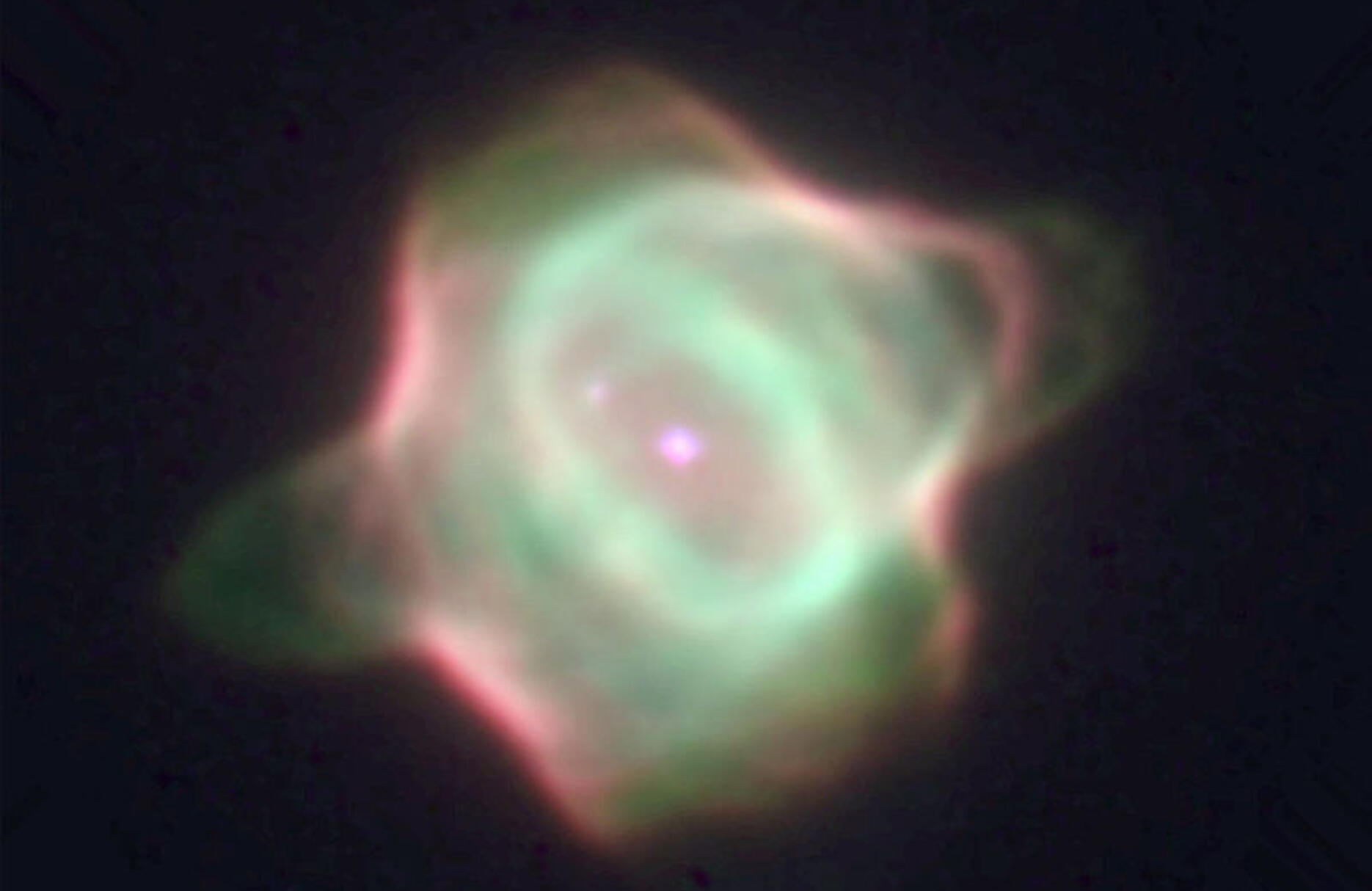Hubble captures fading of the Stingray Nebula

The Hubble Space Telescope has witnessed an exceedingly rare phenomenon over the last 20 years: the unprecedently rapid dimming of a planetary nebula. The cover image shows the evolution between 1996 and 2016.
Let’s have a quick recap on the instrument that is possibly the world’s most famous telescope, and which captured the images. The Hubble Space Telescope (HST) was launched in the Space Shuttle Discovery on the 24th April 1990; it can observe in a wide range of wavelengths, from ultraviolet to infrared. It has been pointed at almost any type of object you can think of, from Solar System planets to some of the most distant galaxies ever observed, which has led to numerous great discoveries. In particular, looking at nebulae, images from the HST were the first ones to support the theory that planet formation goes hand-in-hand with star birth. At the same time, observations of supernova remnants and planetary nebulae were also made, notably the one we are interested in right now.

The Stingray nebula is the youngest known planetary nebula, dating back only to the early 1990s. Its central star SAO 245567 has itself exhibited some fading and brightening, which is thought to be an effect of a “helium flash”- a brief period of time where the white dwarf leftover from the planetary nebula explosion undergoes helium fusion and thus becomes very hot. So, the Protoplanetary nebula observed around SAO 245567 in the 1970s became ionized by this sudden increase in energy to become the Planetary Nebula.

(Nitrogen in red, Oxygen in green, Hydrogen in blue)
In the What is a Planetary Nebula article, it was mentioned that these are rather short-lived objects, however the Stingray nebula’s fading is extraordinarily rapid. It correlates with the star’s temperature reducing since the year 2002, however what the precise process going on in that nebula is, to quote Dr Martín Guerrero, something “weird”. Another observation, from comparing 1996 images to 2016 ones, is that the overall shape and structure of the nebula changed as well.
The HST as an instrument has had its controversies, not least due the fact that the primary mirror had a defect at launch. However, the two images of the Stingray nebula are undoubtedly comparable, notably because background stars have the same brightnesses. If the Stingray nebula continues to fade at this rate, it will barely be detectable in 20-30 years; might the next generation of space telescopes, in particular the long-awaited James Webb Space Telescope with its even higher visual acuity, give further clues about what is happening in this mysterious corner of our galaxy ?
Cover Image: Hubble Captures Fading of Stingray Nebula, NASA, ESA, B. Balick (University of Washington), M. Guerrero (Instituto de Astrofísica de Andalucía), and G. Ramos-Larios (Universidad de Guadalajara)
Image credits:
1 - The Hubble Space Telescope, ESA/NASA
2 - The Stingray Nebula, NASA, M. Bobrowsky (Orbital Sciences Corporation)
